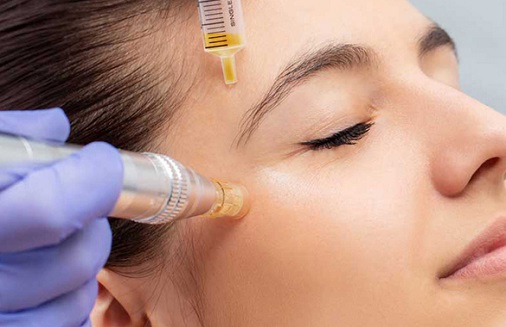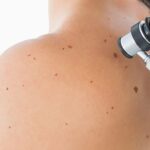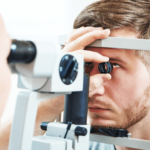Cosmetic dermatology focuses on procedures that enhance the aesthetic attributes of the skin, hair, and nails. Practitioners in this area employ a range of treatments to address concerns related to skin texture and the visible signs of aging. Methods include both non-invasive and minimally invasive options, each selected to align with individual goals and desired outcomes. Here are several ways cosmetic dermatology can transform your appearance:
Improving Skin Texture and Tone
Fluctuations in skin texture and tone can result from sun exposure, environmental influences, aging, and daily habits. Cosmetic dermatology offers precise interventions to address these factors, promoting a more uniform and refined complexion. Chemical peels are a key technique for achieving smoother skin. By applying a chemical solution to the skin, practitioners trigger a controlled exfoliation. The outer layers are shed, allowing new, regenerated skin to emerge with enhanced smoothness and clarity.
Microdermabrasion is another helpful approach. Using a minimally abrasive instrument, the practitioner gently removes uneven or thickened skin layers. Individuals may seek these treatments to address fine lines, minor scarring, or uneven pigmentation that affects overall appearance. Each of these interventions contributes to restoring a balanced skin surface.
Reducing the Visibility of Lines and Wrinkles
Aging leads to reductions in skin elasticity and fullness, resulting in fine lines and deeper wrinkles. Cosmetic dermatology implements targeted strategies to address these signs. Injectable formulations, such as neuromodulators, are fundamental in this context. Neuromodulators are derived from purified proteins, and they help relax facial muscles that contribute to dynamic wrinkles, such as those found around the eyes or forehead. This relaxation supports a smoother appearance for the overlying skin.
Dermal fillers also play a key role. These substances are injected beneath the skin, enhancing volume and definition. Fillers supply structure in areas with diminished fullness, such as around the mouth, cheeks, or lips. The dual approach of using neuromodulators and fillers supports subtle improvements in wrinkle reduction. Practitioners may use a combination of these procedures to promote natural-looking results tailored to each individual’s facial anatomy.
Employing Light and Laser Technologies
Advanced light and laser-based systems have become fundamental components in cosmetic dermatology clinics. These technologies provide targeted treatment options for multiple skin concerns, including acne scars and fine lines. Laser skin resurfacing utilizes focused light energy to remove specific outer layers of skin. Practitioners may recommend this approach for addressing wrinkles, scarring, or irregularities in surface texture.
Restoring Facial Volume and Enhancing Contours
Loss of subcutaneous fat over time can lead to pronounced shadows, less prominent cheekbones, or sagging in the midface or jawline. Cosmetic dermatology attends to these changes in facial volume and contour. Injectable fillers serve as a key technique for strategically restoring volume to various areas. By enhancing contours with precision, practitioners sculpt the cheeks and jawline, supporting a rejuvenated facial profile.
Choose High-Quality Dermatology Services Today
Cosmetic dermatology provides modern methods for addressing a range of appearance-related concerns, including moles and psoriasis. From resurfacing treatments and laser technologies to injectable solutions, practitioners offer multiple paths for enhancing natural features and promoting a smooth, youthful appearance. To explore tailored treatment strategies for your unique needs, schedule a consultation with a licensed dermatologist.





